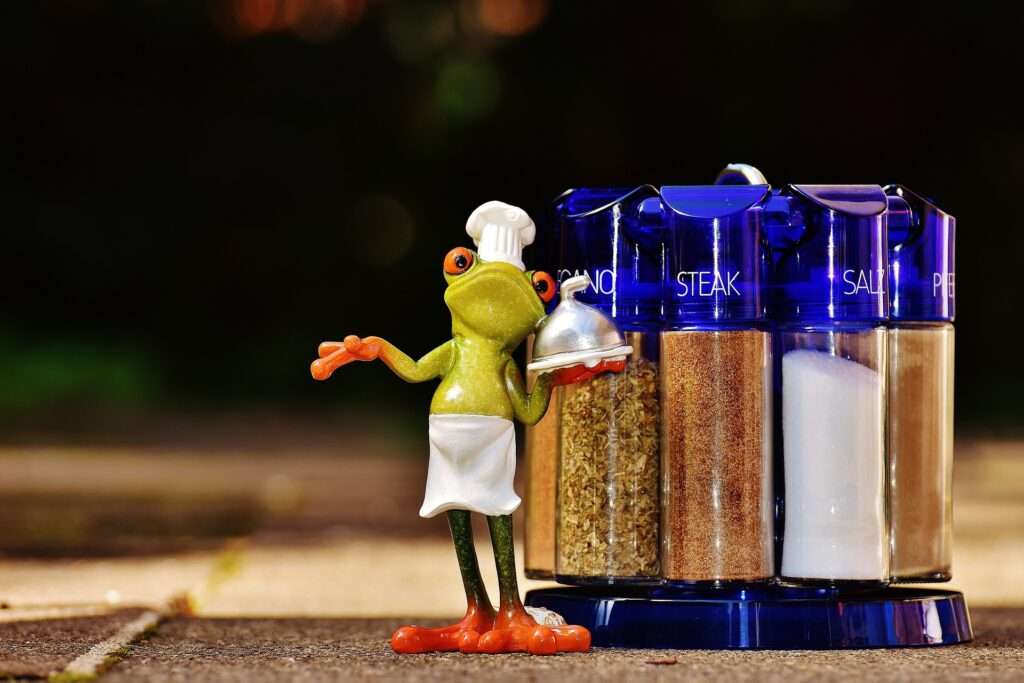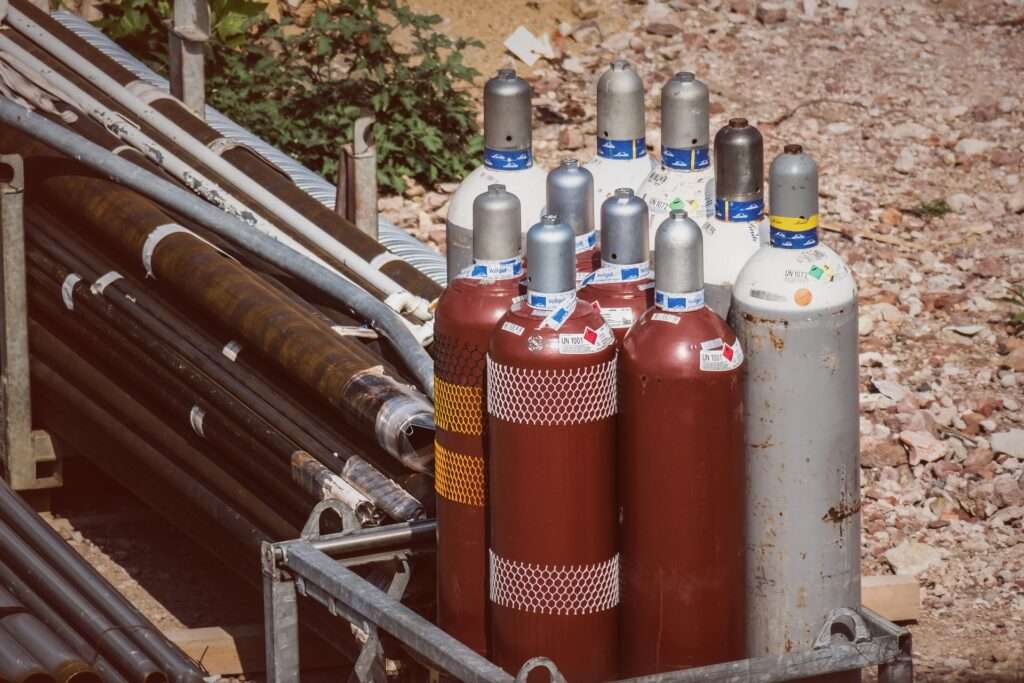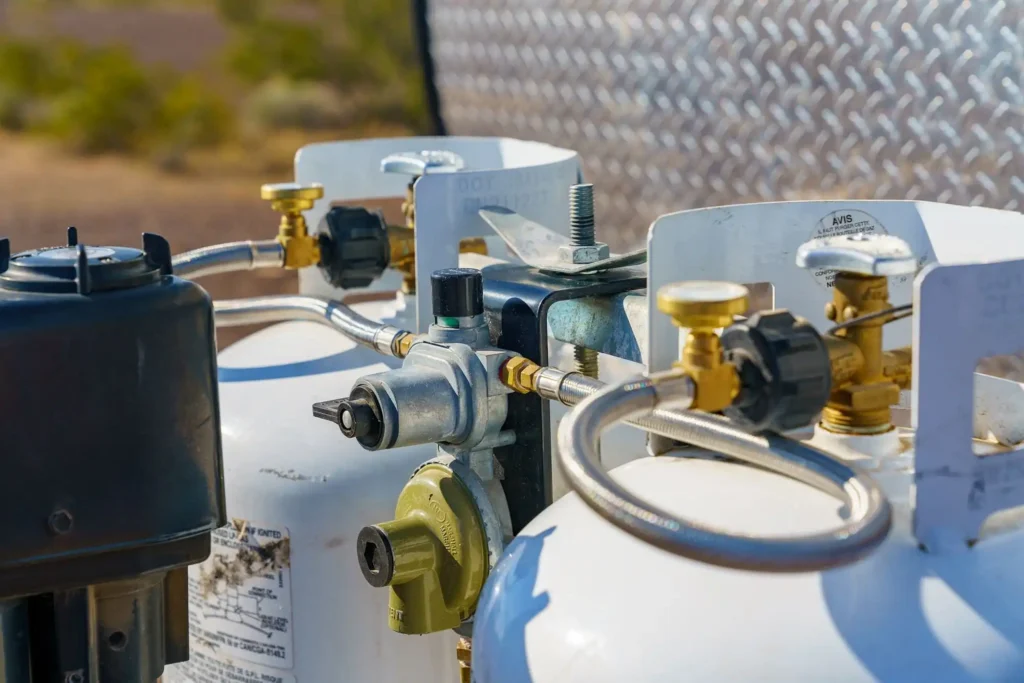Why is it important to do good ventilation?
LPG, or liquefied petroleum gas, is a mixture of hydrocarbon gases that include propane and butane. The exact composition of LPG can vary depending on the source and the processing methods used to prepare it. LPG can be extremely dangerous if not used in a well-ventilated area. It can cause Carbon monoxide poisoning, Various respiratory problems, Skin irritation, and Eye irritation. These are some steps you can take to prevent this from happening:
1) Use a range hood:
Installing a range hood above your cooktop or stove is one of the best ways to ensure proper ventilation in your kitchen. A range hood can capture and remove cooking fumes and smoke caused by LPG usage, and many types of range hoods come with inbuilt fans that can exhaust air outside or filter it and recirculate it back into the kitchen.
The cost of a range hood in India will depend on various factors such as the type of range hood, the brand, the size, and the features. Here are some general price ranges you should consider:
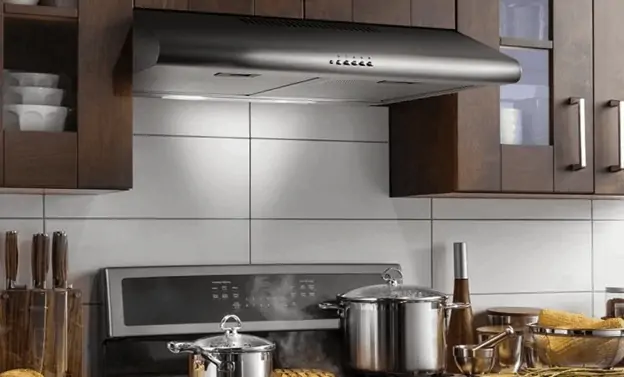
I) Basic ductless range hoods: These are the most affordable type of range hood and can cost anywhere from INR 3000 to INR 10,000. They are easy to install and do not require venting setup to the outside of the kitchen, they are definitely a good option if your budget does not allow for more expensive options.
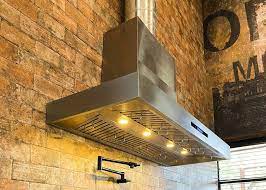
II) Basic ducted range hoods: These range hoods require venting to the outside and are more effective in removing cooking fumes and smoke. They can cost anywhere from INR 10,000 to INR 25,000.
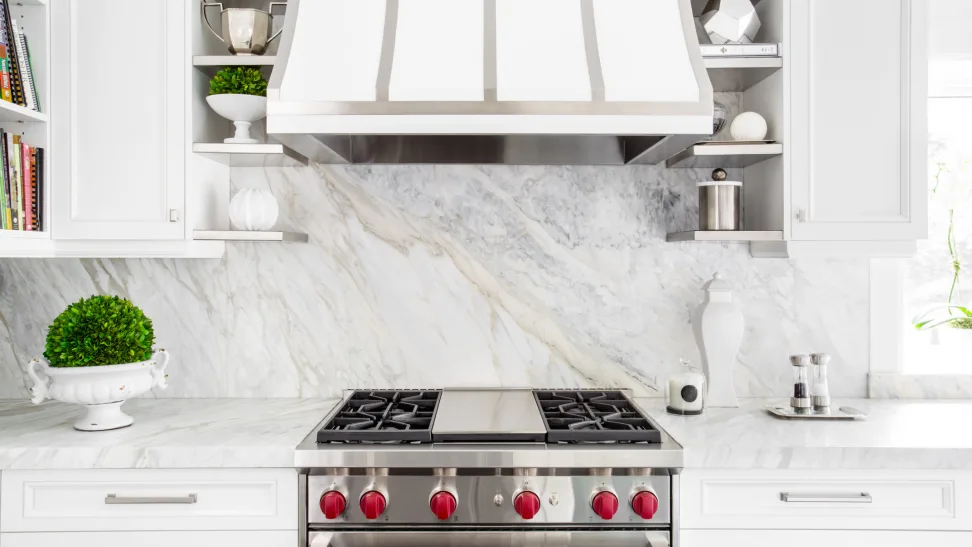
III) High-end range hoods: These range hoods come with more advanced features, such as multiple fan speeds, touch controls, and they are also very silent when working. Theys can cost anywhere from INR 25,000 to INR 1,00,000 or more, depending on the brand, size, and any additional features.
Installation costs are not included in these price ranges and may vary depending on the complexity of the installation and local labor rates. It’s also important to consider the operating costs such as electricity and maintenance while budgeting for a range hood. Overall, the cost of a range hood in India is lower compared to other countries, this makes it a very valuable investment in improving indoor air quality and maintaining a healthy kitchen environment.
2) Open windows and doors:

This is a good old-fashioned approach and it is very inexpensive and cheap while also being effective. If your weather is pleasant, opening the windows and any door will allow fresh air to circulate into the kitchen. This can help remove excess moisture and improve air quality. Here are some tips you should definitely follow while using this approach:
I) Use window and door screens: When you open your doors and windows, pests and insects can easily get inside your kitchen so install screens on all the windows and doors you would open while cooking.
II) Keep windows and doors locked: Make sure your windows and doors are securely locked in place while they are open to prevent any type of accident for example a strong wind shutting a window can cause it to shatter.
III) Position your cooktop or stove away from windows and doors: Place your cooktop or stove away from windows and doors to prevent hot air and cooking fumes from blowing back into your home after they get ventilated out also it will not expose you to the fumes that go out of the kitchen.
VI) Be mindful of outdoor air quality: If the outdoor air quality is poor due to wildfires, dust storms, or pollution, it may not be safe to keep your windows and doors open so make sure that the air quality of your region is good when you open the doors or windows.
Remember to always practice safety and common sense when keeping your windows and doors open while cooking in your kitchen.
3) Use a fan:
Use a portable or ceiling fan to increase air circulation in the kitchen. This can help move cooking fumes and smoke out of the kitchen and improve ventilation. There are various types of kitchen fans that you can buy based on your budget these include:
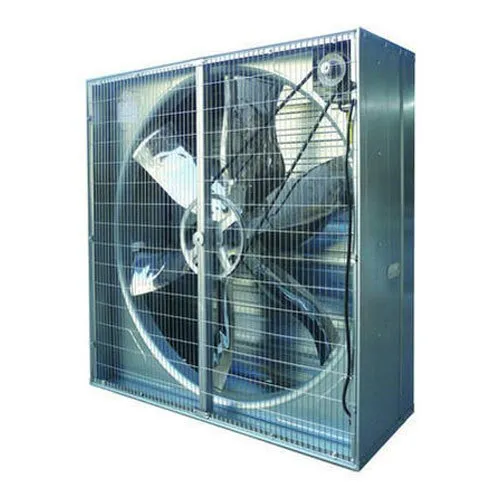
I) Basic exhaust fans: These are the most affordable type of kitchen fan for ventilation and can cost anywhere from INR 800 to INR 2,000. They are simple to install and can help remove cooking fumes and smoke from the kitchen.
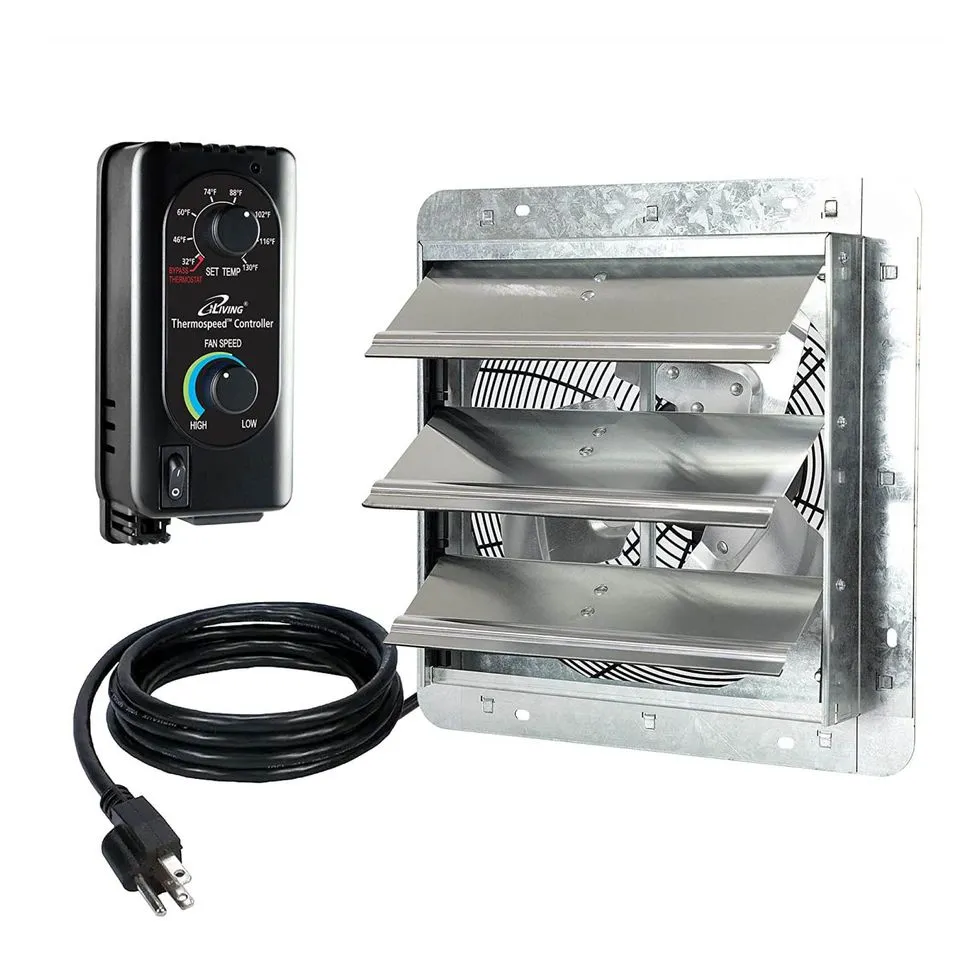
II) High-end exhaust fans: These exhaust fans come with more advanced features, such as multiple fan speeds, automatic shut-off, and quieter operation. They can cost anywhere from INR 2,000 to INR 5,000 or more, you should definitely get these as they are much more reliable.
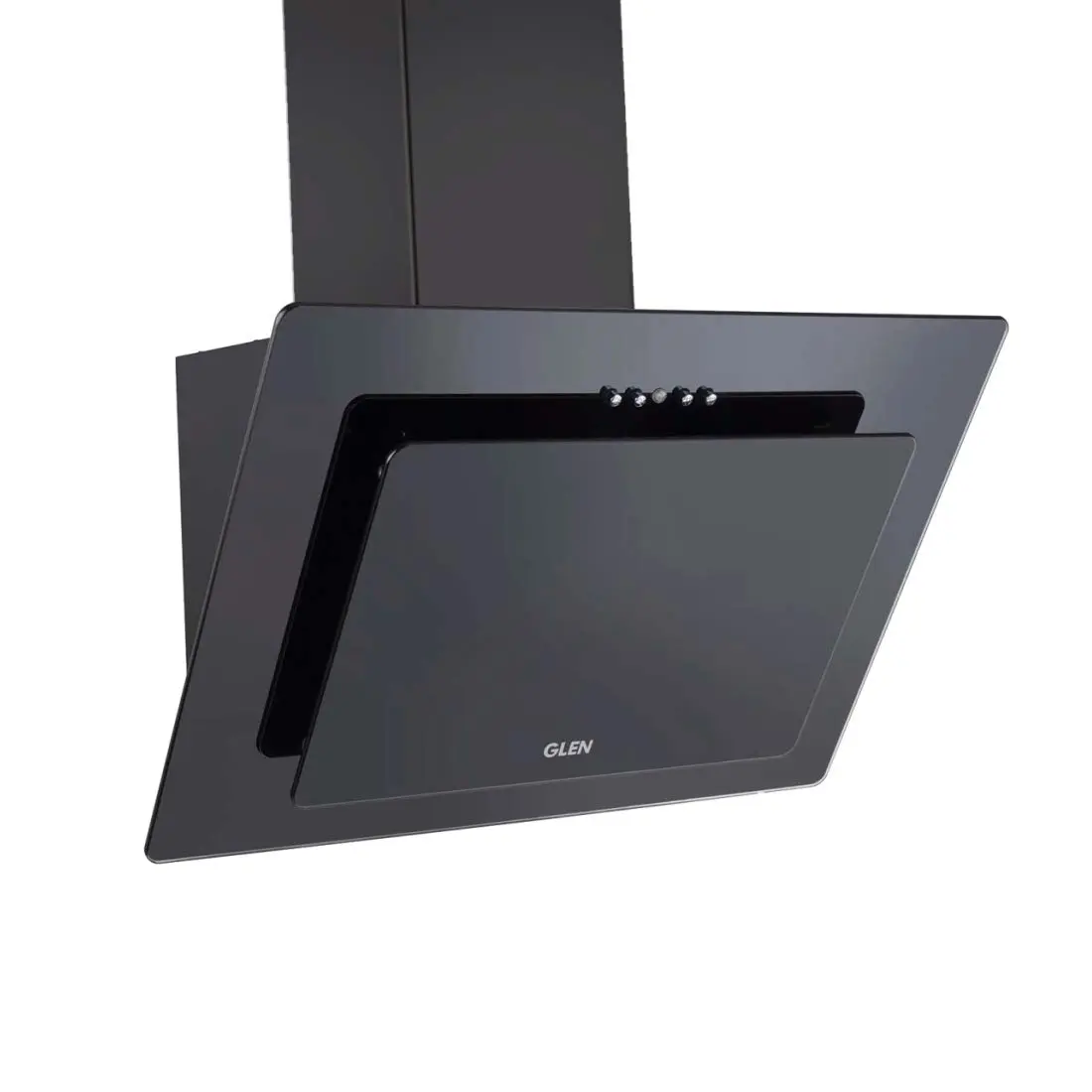
III) Kitchen chimneys: Kitchen chimneys are the more advanced ventilation systems that can be mounted above the cooktop or stove. They come with features like suction power, oil collectors, and multiple fan speeds. They can cost anywhere from INR 5,000 to INR 50,000 or more, these are the best for ventilation definitely provide the bang for their buck.
4) Keep the kitchen clean:
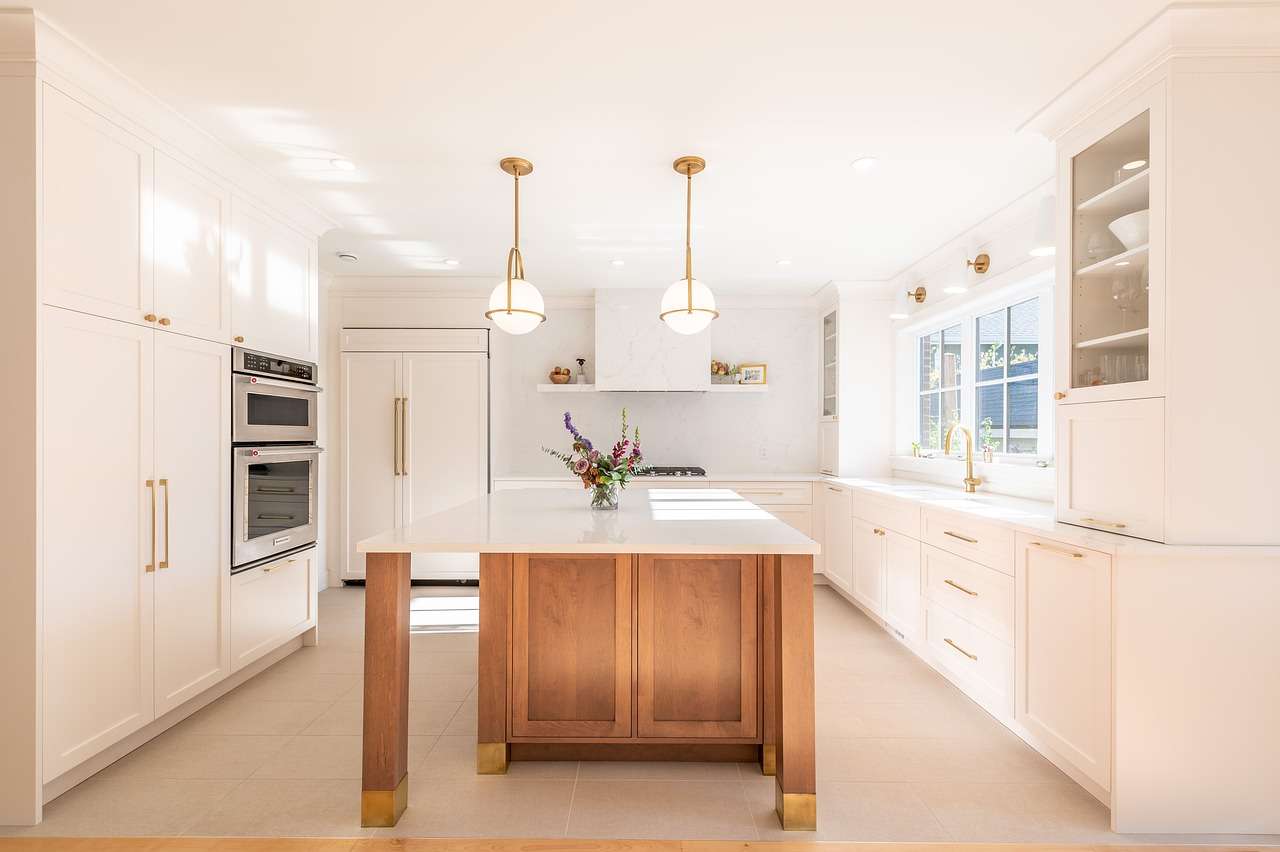
A clean kitchen can help reduce odors and improve ventilation. Clean your cooktop and oven regularly, and wipe down surfaces and floors to remove grease, food particles, and other debris that can cause odors.
Keeping your kitchen clean is essential for maintaining a healthy, hygienic, safe, and less polluting environment. Here are some general and basic tips on how to keep your kitchen clean:
I) Clean spills and messes immediately: When spills and other messes are left unattended, they can attract pests such as flies and rodents, spreading various bacteria and diseases. Additionally, spills and messes can create foul odors affecting indoor air quality.
II) Wash dishes and utensils promptly: Don’t let dishes and utensils pile up in the sink or on the counter. Wash them promptly to prevent the growth of various bacteria that can lead to a diseased and polluting environment.
III) Clean countertops and surfaces: Use a mild cleanser and a clean cloth to wipe down countertops, tables, and other surfaces, depending on your usage of these areas. This will help prevent grime and bacteria from building up in these areas and improve your environment.
IV) Maintenance and cleaning of your appliances: Always try to ensure that all kitchen appliances are appropriately serviced so that they function correctly. Clean your appliances, such as the refrigerator, oven, microwave, and dishwasher, regularly to prevent the buildup of food debris and bacteria.
V) Sweep or vacuum the floor: Sweep or vacuum the kitchen floor daily to remove crumbs and debris. This will help prevent the growth of pests and bacteria.
VI) Mop the floor: Mop the kitchen floor weekly with a disinfectant cleaner to help remove bacteria and stains.
VII) Take out the trash: Empty the trash regularly to prevent polluting odors and bacteria from building up.
VIII) Clean the sink: Clean the sink regularly with a disinfectant cleaner to prevent bacteria and soap scum buildup.
IX) Store food properly: Store food in airtight containers to prevent contamination and the growth of bacteria.
5) Consider an air purifier:
Air purifiers can help improve indoor air quality by removing pollutants, but they do not replace the need for proper ventilation. Combining an air purifier with proper ventilation can provide the most effective way to improve indoor air quality in a kitchen or other living space.
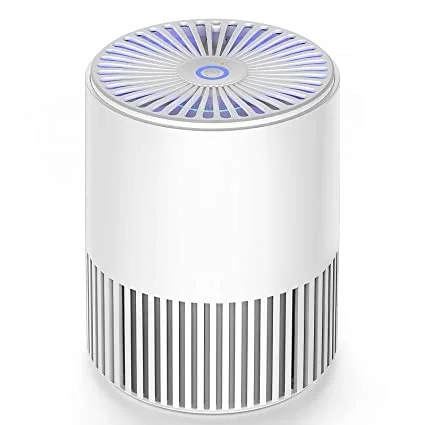
I) HEPA air purifiers: HEPA air purifiers are mostly designed with locations like the kitchen in mind, so they are very effective at removing airborne allergens and pollutants, such as smoke, dust, and cooking fumes. HEPA filters can capture particles as small as 0.3 microns in size, making them highly effective at removing small airborne particles that can be harmful to human health.
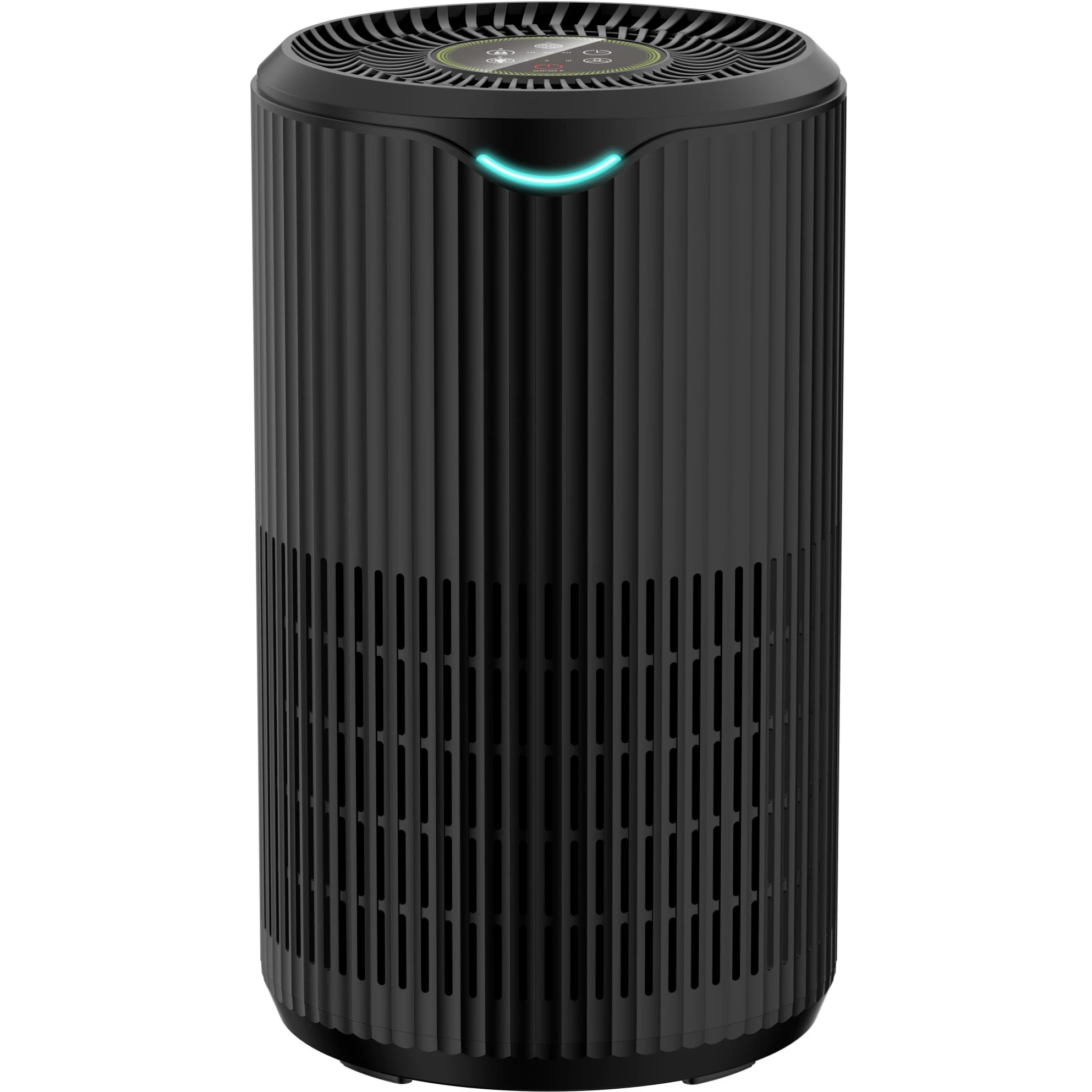
II) Carbon air purifiers: A carbon air purifier may be the better choice if you’re looking to address odors and VOCs in your kitchen. Carbon air purifiers use activated carbon to absorb and neutralize odors, smoke, and other pollutants.
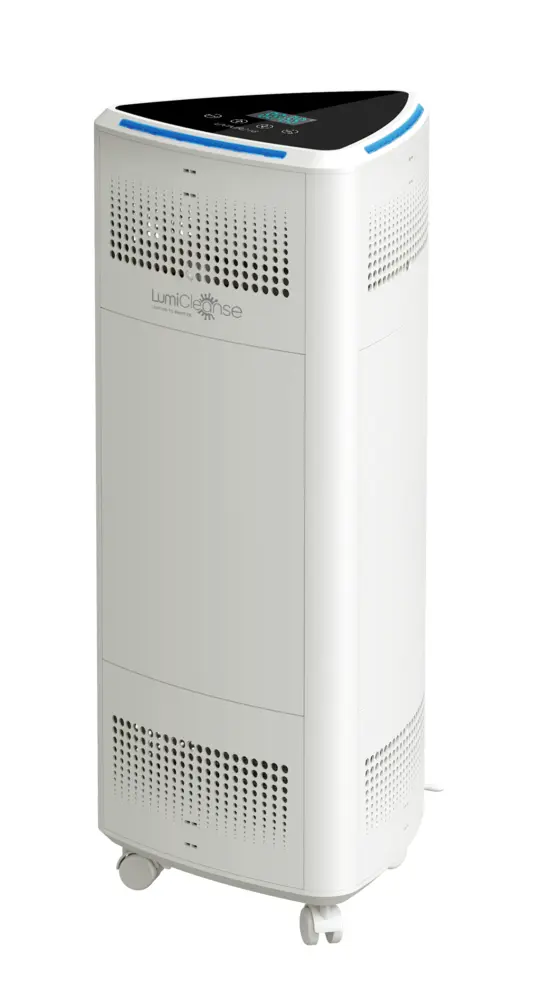
III) UV-C air purifiers: UV-C air purifiers, on the other hand, use ultraviolet light to kill bacteria, viruses, and other microorganisms in the air. UV-C air purifiers effectively remove these pollutants from the air but do not capture or remove larger particles like dust and allergens.
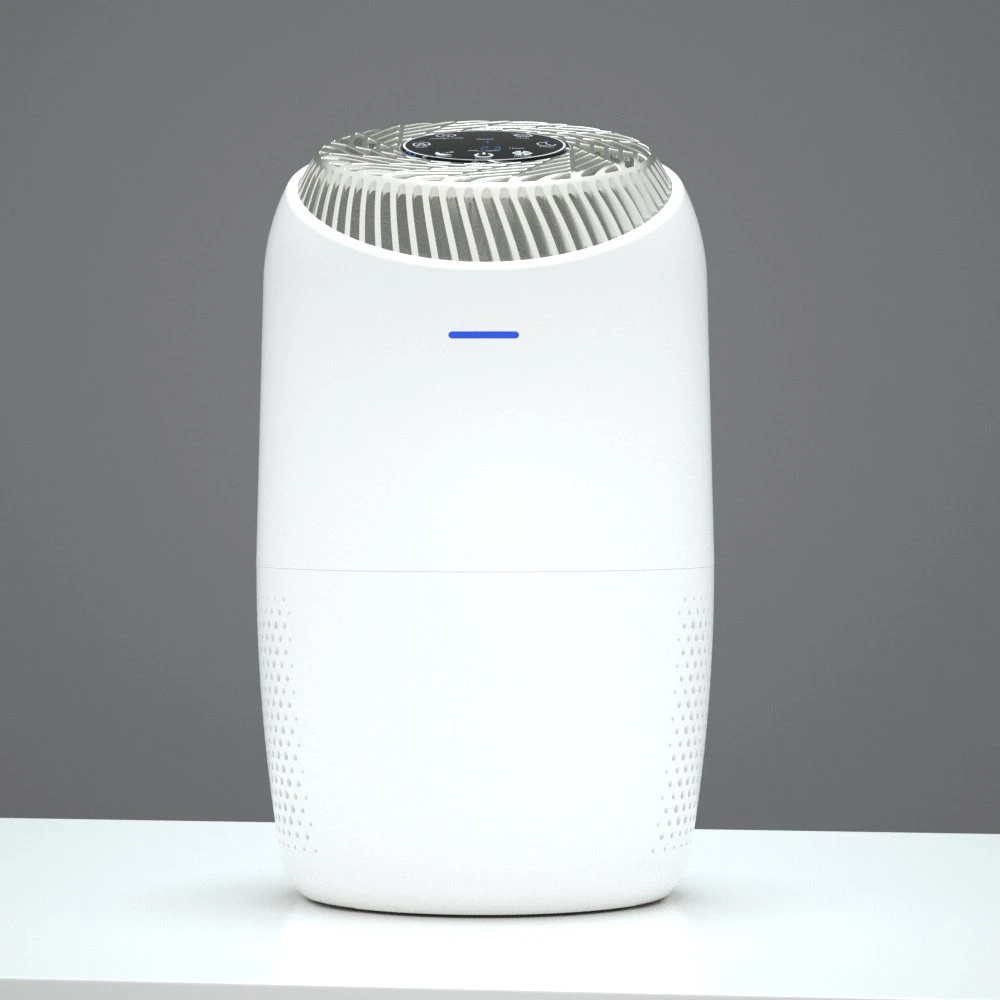
IV) Ionizer air purifiers: Ionizer air purifiers are most effective at removing larger particles such as dust and pollen. Ionizer air purifiers use an electric charge to produce negatively charged ions that attach to positively charged pollutants, causing them to stick to surfaces or fall to the ground. It’s important to note that ionizer air purifiers can produce ozone, which can be harmful to human health, especially for those with respiratory issues.

